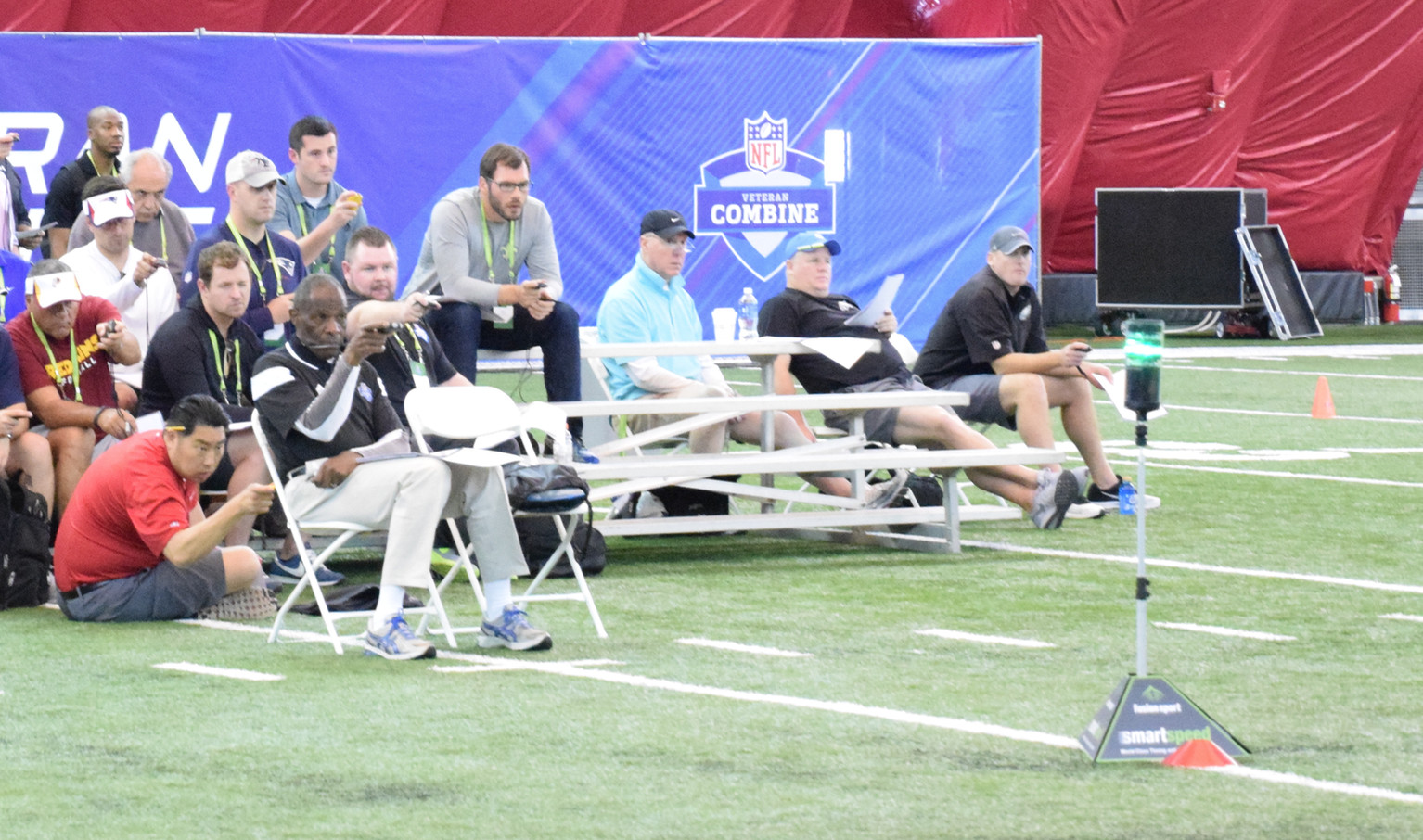In the domain of sports performance, accuracy, and precision in measurement are pivotal. This becomes particularly vital when assessing sprint performance, where even a fraction of a second can make a significant difference. The two common methods to measure sprint timing are hand-held stopwatches and electronic timing gates. This blog post looks into why timing gates are considered a superior option for measuring sprint performance compared to hand-held stopwatches.
1. Accuracy and Precision
Hand-Held Stopwatches:
- Human Error: When using a hand-held stopwatch, the timekeeper must visually assess when the athlete starts and finishes. Human reaction time is variable and can introduce significant errors.
- Consistency Issues: Different timekeepers and equipment might register times differently, leading to inconsistent results.
Timing Gates:
- Automation: Timing gates use infrared sensors, bluetooth or laser technology to detect when an athlete passes through the gate, eliminating human error.
- Precise Measurement: Timing gates are capable of measuring time to the thousandth of a second, providing a much more precise evaluation.
2. Objectivity
Hand-Held Stopwatches:
- Subjectivity: Since the timing is done manually, it is open to bias and interpretation, which can affect the reliability of results.
Timing Gates:
- Standardisation: Timing gates offer an objective and standardised measurement, ensuring that the results are free from bias.
3. Data Analysis
Hand-Held Stopwatches:
- Limited Insights: Stopwatch timing usually provides only start-to-finish data.
Timing Gates:
- Multiple Data Points: Timing gates can be set up at various intervals, providing insights into acceleration, speed maintenance, and deceleration phases of a sprint.
- Integration with Software: Many timing gate systems can be integrated with analysis software, allowing for sophisticated data interpretation, tracking of progress, and individualised training adjustments.
4. Practicality
Hand-Held Stopwatches:
- Limited to One Athlete: Timing multiple athletes simultaneously with stopwatches can be problematic.
Timing Gates:
- Multi-Athlete Compatibility: Timing gates can be utilised to time several athletes concurrently, offering a practical solution for team assessments.
While hand-held stopwatches can still have their place in less formal training environments, timing gates provide a distinctly superior method for assessing sprint performance in a scientific and high-performance context.
The advantages of timing gates in terms of accuracy, precision, objectivity, in-depth data analysis, and practicality make them an invaluable tool for coaches, athletes, and sports scientists alike. The investment in this technology can lead to more informed training decisions and, ultimately, improved athletic performance. In a domain where details matter, timing gates stand out as the definitive choice for measuring sprint performance.



